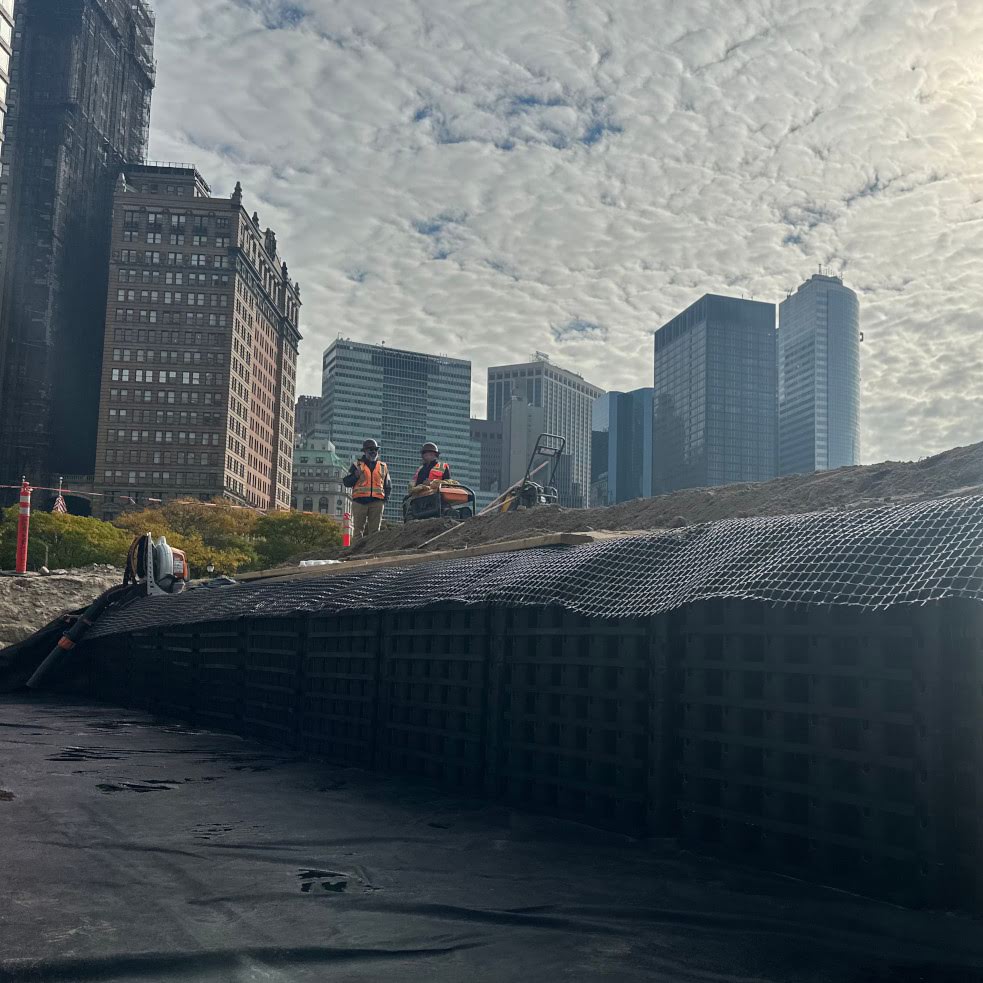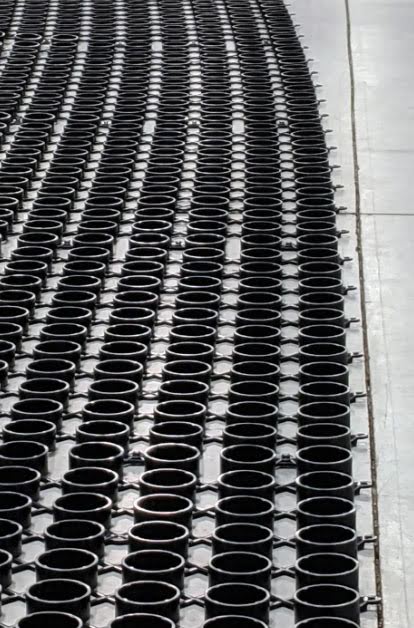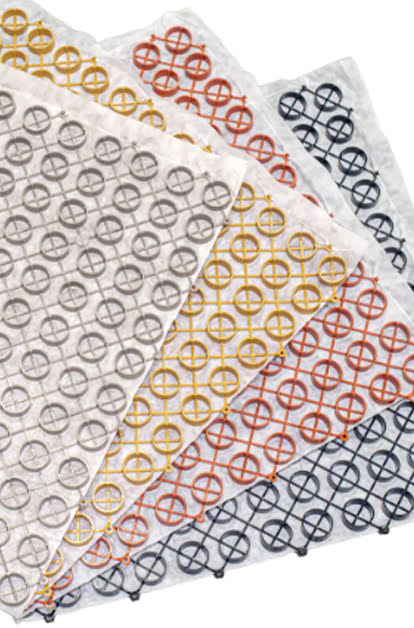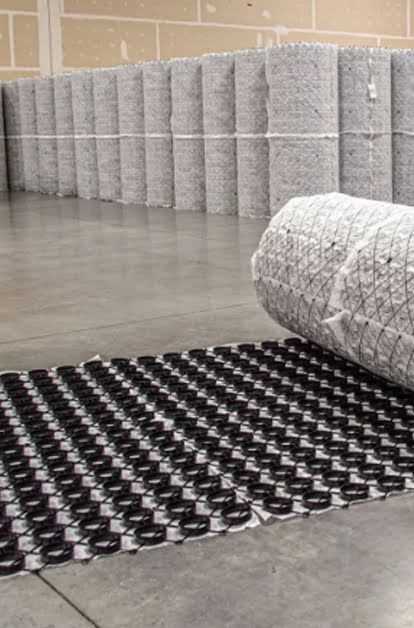
A Better Way to Contain the Rain
Rainstore3® is a modular, stackable, underground water containment system. This innovative solution was designed by a landscape architect for subsurface detention basins, retention/harvesting systems, water/rain gardens, green roofs, and sports field drainage.
Featuring a lifetime warranty, the first Rainstore3 installation was in 1999 and all existing installations are still going strong.
With depths ranging from 4 inches to almost 8 feet, Rainstore3 arrives at the site preassembled for easy, drop-in installation. An impressive 94% void space equates to almost 25 gallons of water storage per unit with no gravel fill required - up to 600 gallons at max-height stack.
Each unit of Rainstore3 measures 3.28 ft x 3.28 ft x 4 inches high (1m x 1m x 0.1m). The compression fit units are stacked (if applicable) and sent preassembled to the construction site so there is no assembly required.




















